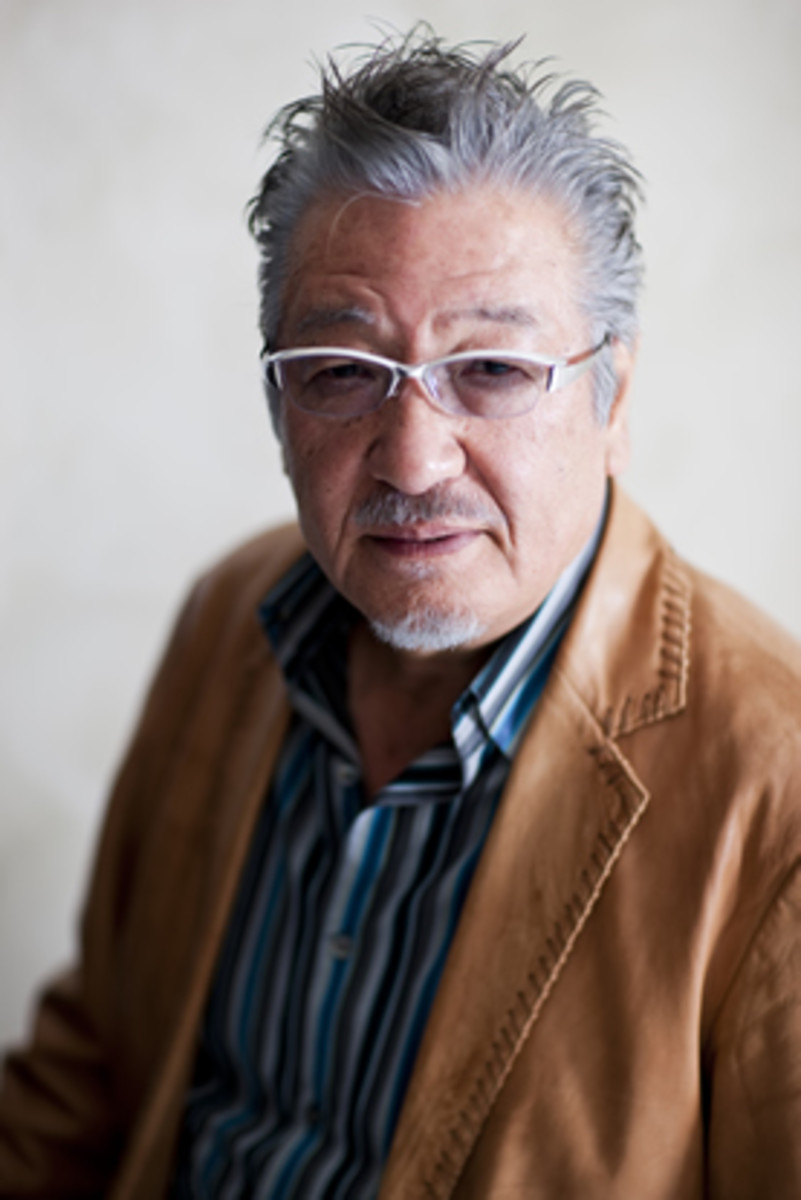The rise of Kinesiology Tape

The days of white athletic tape have, it seems, spooled to an end, making way for a new era marked by color and distinctive shapes. Call it the era of kinesiology therapeutic sports tape.
Whether name brands KT Tape or SpiderTech, the latest wave of kinesio tape includes pre-cut strips that boast breathability, longevity and pain-relief.
“Athletes are starting to use [kinesio tape] instead of a rigid tape or brace because it allows freedom and they are seeing the benefit,” Clay Sniteman, ATP trainer and KT Tape user, tells Edge. “It has taken off in the past couple of years.”
Japanese chiropractor Kenzo Kase created the original design in the 1970s, but the latest offerings boast 100 percent cotton sheathes—porous tape weaves open up breathability—or synthetic fabric additions that boost strength. With uni-elasticity allowing the tape to stretch in length, but not width, the fibers in the tape provide support for muscles, tendons and ligaments, companies say.

The tape’s design has it lifting the skin to open up space for the muscle to move and for fluids to flow, even if some researchers remain skeptical. But the sports world has embraced kinesio tape.
U.S. Olympic medalist in track cycling Dotsie Bausch, tells Edge that the cotton SpiderTech tape she wears can stay on for four to five days, through up to three workouts—and showers—each day. “That is a long time to have something on,” she says. “Within an hour or so you don’t notice it. It moves and feels like skin.”
Bausch started using the tape as a way to reduce back pain that was hampering her Olympic training. Popping countless ibuprofen pills wasn’t the answer she was looking for and when she started researching kinesio tape roughly four years ago she knew little about it, even if she felt pain relief after using it.
“In the beginning I could tell what it did,” she says. “I was so familiar with the pain that when I tried [the tape] I felt a difference in a variety of places in my body. Athletes may be a tad more sensitive to that.”
House of Jordan: Getting the full experience in the Air Jordan XX9
The enhanced sensory stimulation on the skin, according to SpiderTech, disrupts the signals of pain and improves circulatory effects to increase fluid movement and lymphatic drainage, aiding the healing of swelling and bruising.
Sniteman says that by using the tape he’s able to take pressure off a muscle, unloading pressure for entire areas of the body. While traditional tape can often achieve the same goal, he says the kinesio tape gives him more options. And the pre-cut segments of KT Tape and SpiderTech come with instructions and the ability to open up the taping possibilities for non-professional athletes.
“It makes it very feasible, a huge benefit,” he says. “You can do more. Your joints move in range and are not completely restricted. I use it to unload an area and to facilitate a muscle and move a joint or knee or shoulder where it should be for a biomechanically correct position.”
With a range in the stretch of tape, Sniteman says, he can apply different amounts of pressure, depending on an athlete’s need and have the tape stay on no matter the conditions.

On the tennis tour, Sniteman says the tape has grown in popularity, but he’s seen it rise in use elsewhere too. Bausch agrees. “Athletes have always loved it because it is drug-free pain relief, but I am seeing a lot more athletes across different sports using it and getting a lot of queries from athletes from other sports,” she says about the move of kinesio tape from endurance and court sports to everything from MMA to bodybuilding. “They figure they might as well give it a go.”
The lure of drug-free pain relief is worth a try, she says. A try representing a new era of tape.
Tim Newcomb covers stadiums, design and gear for Sports Illustrated. Follow him on Twitter at @tdnewcomb.
